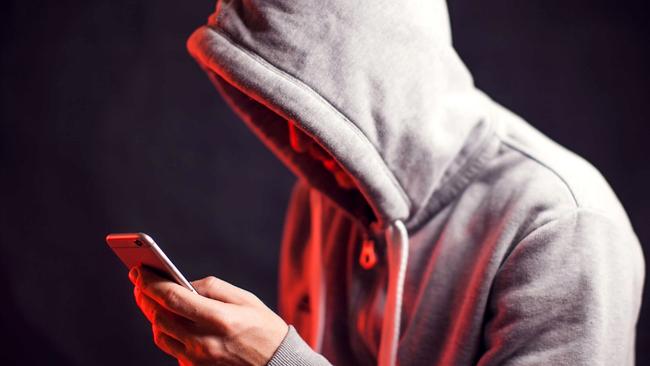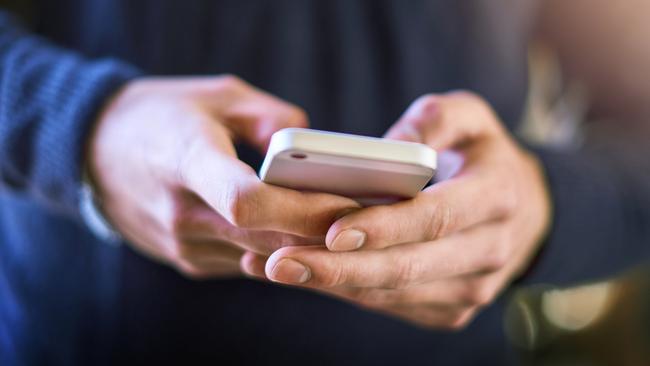Explainer: What could happen if you shared the AFL nude photo file?
The person behind the scandalous nude photo leak could face jail – but here’s what you need to know if you’re one of the hundreds who got sent the dirt file.
Victoria
Don't miss out on the headlines from Victoria. Followed categories will be added to My News.
A shocking collection of graphic images involving more than 45 past and present AFL players has been widely shared on social media.
Since the AFL launched an investigation into the incident, there’s a high chance that you or someone you know has been sent the file.
The Herald Sun spoke to cyber-safety expert and former police officer Susan McLean to get all your questions answered.
What is ‘revenge porn’?
Image-based abuse, also commonly and controversially known as revenge porn, is the distribution of sexually explicit photos or videos of individuals without their consent.
The material may have been made with or without knowledge and consent at the time.
Image-based abuse isn’t always linked to intimate partners – a co-worker, family member or stranger could gain access to private images and share them publicly for multiple reasons.
Can you be charged if the explicit content was shared to you and you distributed it?
“Absolutely. Every state has their own laws,” Ms McLean said.
“Victoria has two very clear laws: distribute an intimate image and threaten to distribute an intimate image.”
Sharing explicit content of a person without their consent was made a crime under Victoria’s sexting and revenge porn legislation, which was passed in 2014.
It carries a penalty of up to two years in prison.
Threatening to share explicit material carries a maximum sentence of one year in prison.

Can you be charged if the content was shared to you but you didn’t distribute it?
“You have possession of it, so potentially you could be charged,” Ms McLean said.
“If you receive that content and you deleted it immediately there would be no charges.”
Can you be charged if you shared the content but it was fake?
“Yes because the definition includes actual and purported to be — it covers deepfake and cartoons,” Ms McLean said.
“The other offence you could be charged with is about how the images were taken in the first place.
“If the person in the image took the image themselves then it’s only about the distribution but if those images were taken without the consent from the person, that’s a crime.”
How easy is it for Victoria Police to track down people who shared the content?
“Very easy,” Ms McLean said.
“Every time you use technology you leave a trace behind so police can, under a warrant, seize devices, get phone records and put in legal requests to Google.”

Is there enough awareness around image-based abuse?
“There’s never too much education, the more you know the better you are,” Ms McLean said.
“This is in no way shape or form the fault of the players in the images, this is the person who took the photo without their consent or shared it.
“The players are the victims and the offenders out there need to be bought to justice.
“Unless people have consequences for this behaviour, it’s going to continue.”
Have AFL players been victims of image-based crime before?
Unfortunately, this is not the first time footy players have been targeted.
In 2018, a video of Collingwood great Dane Swan kissing a woman while she filmed his naked body was posted on social media.
The woman accused of leaking the raunchy footage appeared in court but all charges were later dropped.
In 2022, sexually explicit images of Sydney Swans young gun Chad Warner circulated online.
The images were taken without his consent and showed him engaging in intimate acts.



